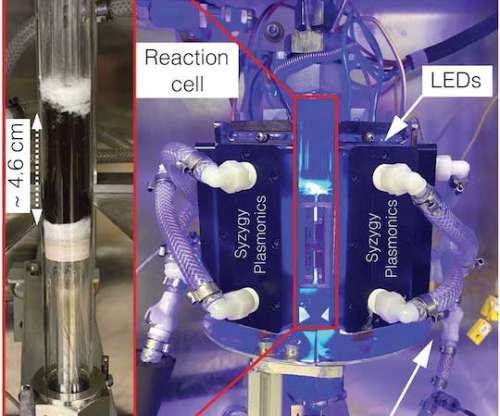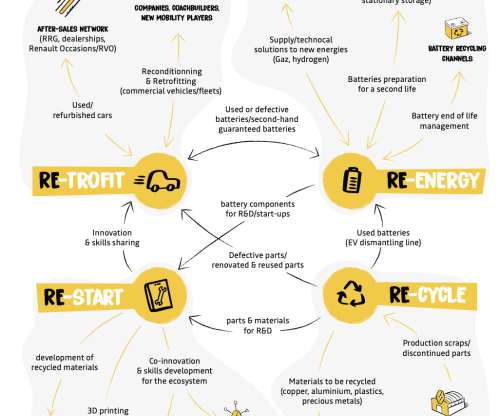Researchers develop earth-abundant photocatalyst for conversion of ammonia into hydrogen
Green Car Congress
NOVEMBER 28, 2022
The research follows government and industry investment to create infrastructure and markets for carbon-free liquid ammonia fuel that will not contribute to greenhouse warming. This result demonstrates the potential for highly efficient, electrically driven production of hydrogen from an ammonia carrier with earth-abundant transition metals.





































Let's personalize your content